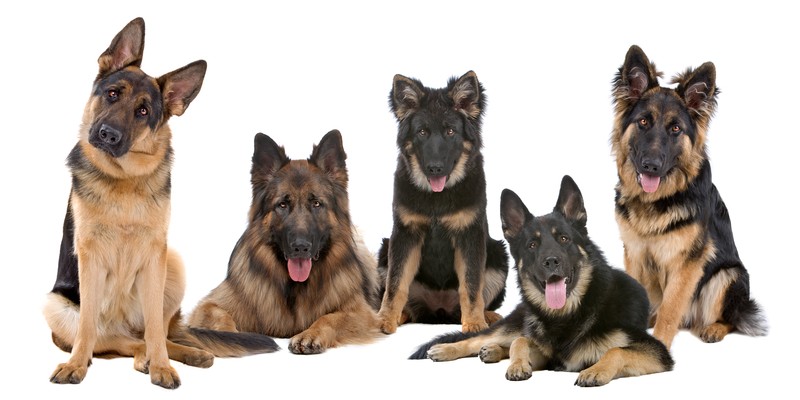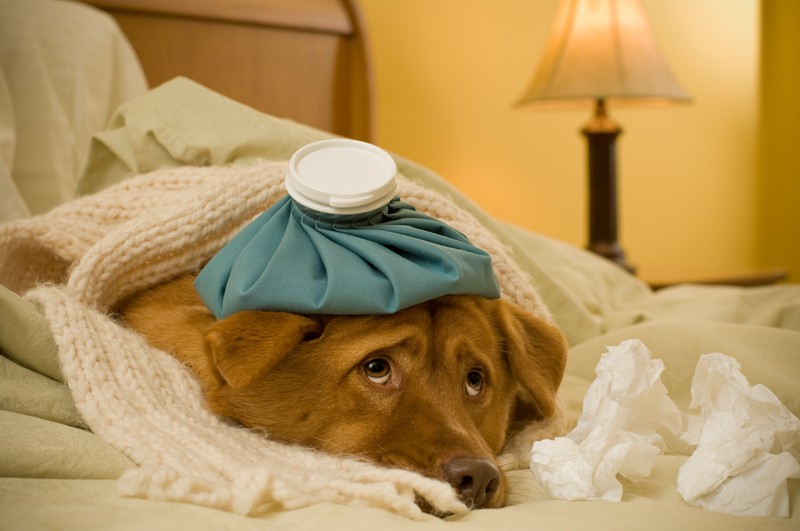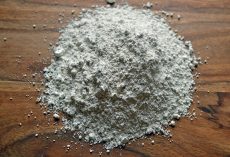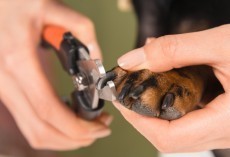Here is one dog owner’s account of bringing her pup in for donation. It is both inspiring and heartwarming.
A Matter Of Life And Death.
“I learned that just like people, when pets need surgery due to illness or injury, they often need transfusions of blood. Without donors there would be no blood available, and those pets might die,” said Fricke.
“I remembered reading about a local kennel fire a few years back. More than a dozen dogs were nearly killed, and each of those dogs required multiple units of blood. Without it they would have died.”
Fricke isn't alone in making a connection: “I think that people are much more understanding these days of the fact that humans and animals have the same needs, medically speaking,” said Jean Dodds, D.V.M., who founded and operates Hemopet, an animal blood bank in Southern California.
During the procedure, “the technicians give Ripley as much attention, hugs and petting as she can stand.”
Required: A Good Match.
Fricke brought Ripley to her local veterinarian, who operates a regional blood bank—the Blue Ridge Veterinary Blood Bank in Virginia.
Veterinarians do rigorous testing to make sure the donor candidate has no diseases that could be passed on. It’s also important for a dog to have a calm temperament.
Ripley fit the bill, so Fricke signed her up for a regular donation schedule—every five to seven weeks.
Talk to your veterinarian to see if your dog can donate blood, either at the vet's office or a blood bank.
The Process: Hugs And Treats.
During the 45-minute process, Fricke says, “the technicians give Ripley as much attention, hugs and petting as she can stand. They gently lift her onto a table, where one technician wraps her body in a secure bear hug while the other shaves a small spot on her neck and draws the blood.”
Worried that donating blood is hard on Ripley? Don't.
“The fact that she gets to lick peanut butter and gets treats during the entire procedure seems to more than make up for any concerns or discomfort,” Fricke continued. “In fact, I'd venture to guess you've never met a dog happier to go to the ‘V-E-T'!”
Some dogs require fluids after the process, preventing them from having a B.P. drop and becoming weak. But besides a small spot where the pup is shaved for injection, there is no harm for most donors.
If you are interested in having your healthy dog become a donor you should speak with his or her veterinarian and it is also important to check with your state law makers, perhaps get a guide, that can tell you what you should and should not do while donating your pup’s blood.
For more information regarding the benefits of dog-blood donation please go to The Humane Society website. Not only is it generous to contribute but one day your own dog may be in need. Just think about that for a moment.










April Heddens
- Edit
Wow